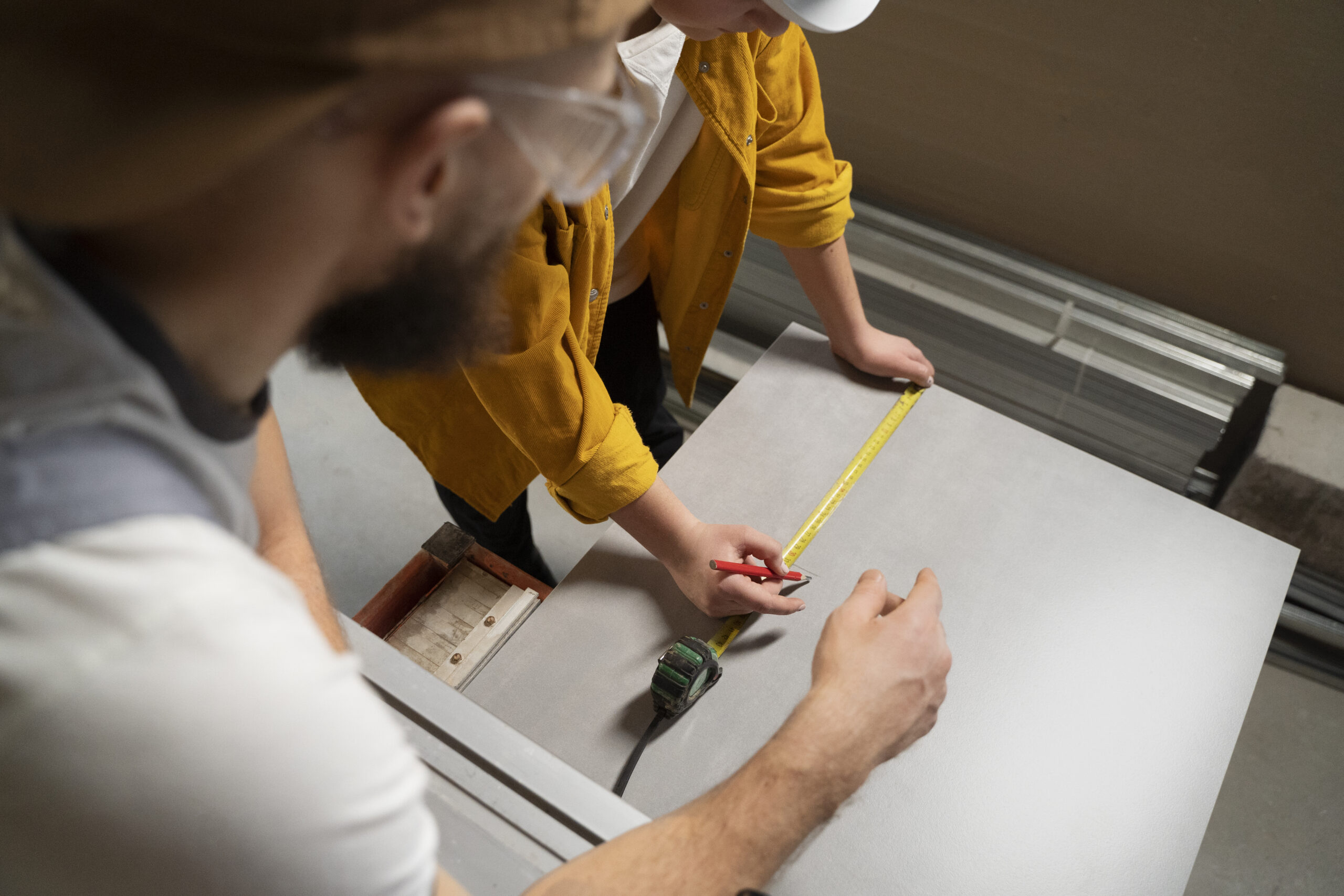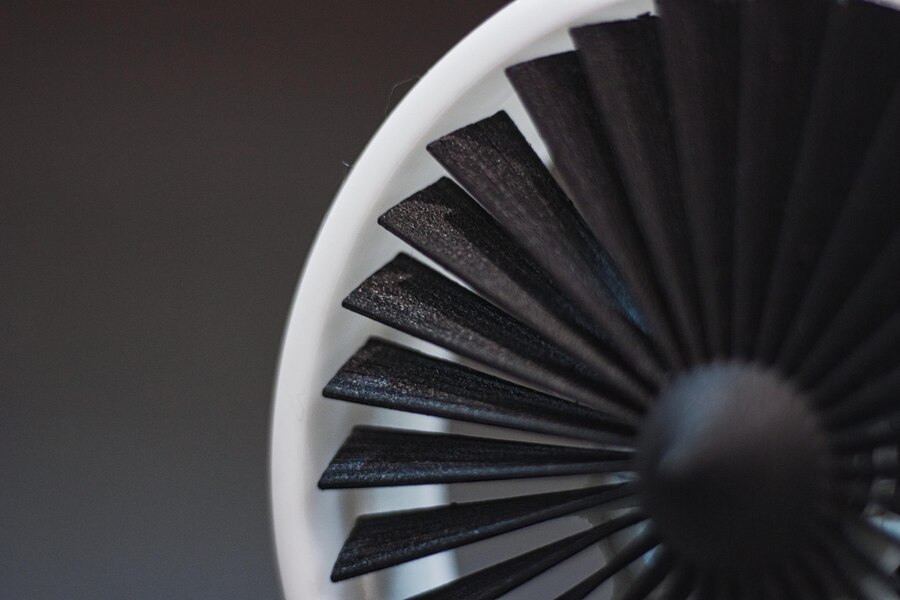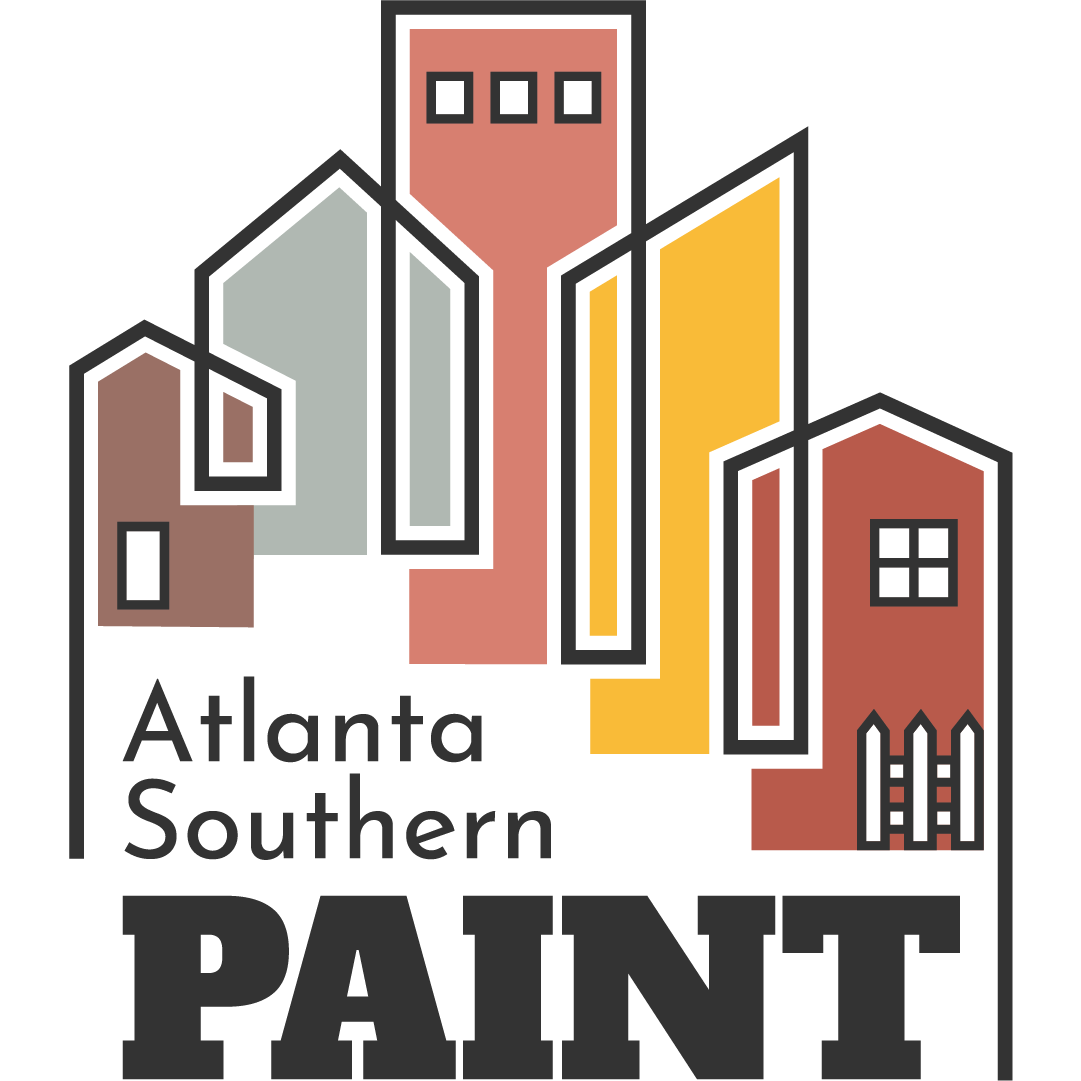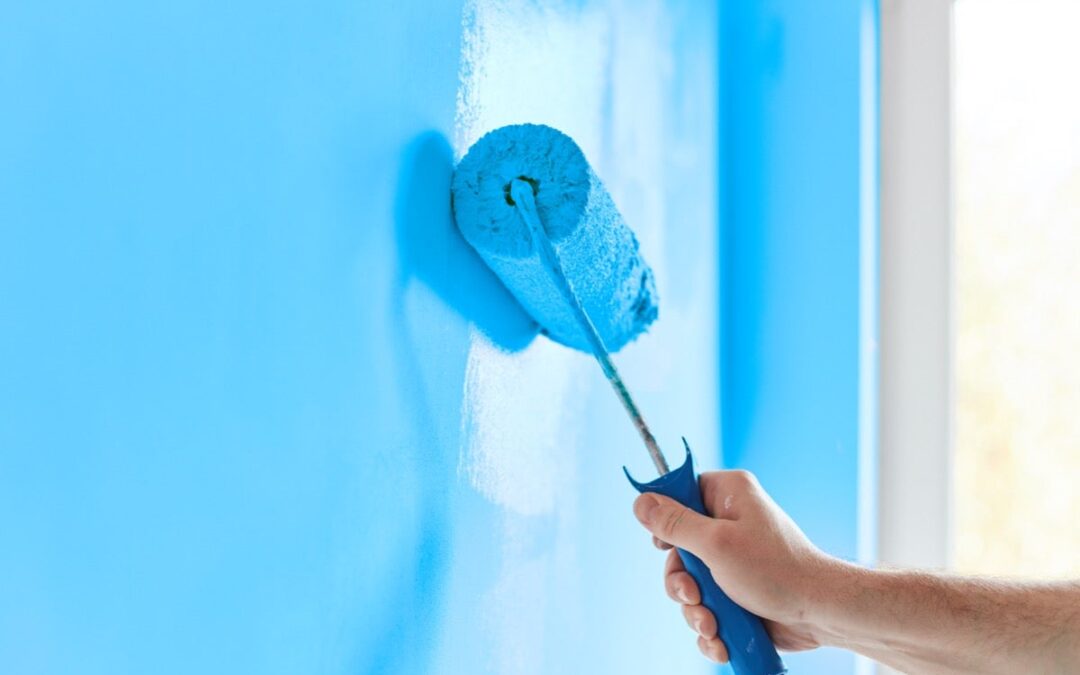Are you looking to give your home a fresh look? DIY interior painting is a cost-effective solution that can help you achieve the desired results. Not only does it offer a sense of personalization, but it also allows you to save money. However, before grabbing that brush, it’s worth noting that DIY interior painting can be quite challenging, especially if you’re not familiar with the process. This blog will explore everything you need to know about DIYinterior painting in Atlanta. From choosing the right paint to understanding Atlanta’s climate impact on interior painting, we have got it all covered. We’ll also discuss common pitfalls to avoid and how to correct them if they do happen. Lastly, we’ll compare DIY vs professional interior painting and provide tips on finding trusted professional painters in Atlanta. So, let’s get started!
Why Choose DIY Interior Painting?
Looking to personalize your living space? Choose DIY interior painting. Not only will you save money, but you’ll also experience a sense of satisfaction and accomplishment. Improve your skills, learn something new, and create a unique look for your home.

The Joy of Personalization
DIY interior painting lets you express your personal style and transform your living space. Add personality and character to your home by taking on a painting project yourself. Embrace the joy of personalization and let your creativity shine through.
Cost-effective Solution
Save money on home painting by doing it yourself. Purchase affordable paint and supplies to keep the cost low. Invest in quality materials for professional-looking results. With careful planning and execution, you can achieve a beautifully painted living space without breaking the bank.
Necessary Materials for DIY Interior Painting
For a successful DIY interior painting project, gather materials such as paint, brushes, rollers, drop cloths, painter’s tape, paint trays, sandpaper, spackle, and primer. Choose the right paint color and prepare surfaces. With these materials, you can confidently tackle your project and achieve impressive results.
Paint Selection
To choose paint for your Atlanta home project, consider factors like color, finish, lighting conditions, and health impact. Test paint samples on walls before finalizing the decision for a stunning interior that enhances your home’s beauty and style.
Brushes and Rollers
Invest in high-quality brushes for a smooth application. Vary brush sizes for different areas. Use rollers for larger surfaces and foam brushes for trim. Clean brushes and rollers properly to extend their lifespan.
Other Essential Tools
To ensure a successful DIY home painting project, use drop cloths or plastic sheets to protect your floors and furniture. Invest in painter’s tape for clean and straight lines. A putty knife is essential for filling cracks and holes. A paint tray or bucket makes it easier to dip brushes or rollers. And don’t forget a ladder or step stool for reaching high areas.
Understanding Atlanta’s Climate Impact on Interior Painting
When planning your home painting project in Atlanta, it’s important to consider the local climate. Extreme temperatures can affect paint drying time, while high humidity may result in uneven finish and promote mold growth. Seek advice from local experts for seasonal painting tips.
Steps to Follow for DIY Interior Painting
Begin your home painting project by preparing surfaces through cleaning, sanding, and patching. Apply primer for better paint adhesion. Use cutting-in technique for edges and corners. Roll paint on larger areas, then apply a second coat for a durable finish.
Surface Preparation
To ensure a smooth and even base, clean surfaces to remove dirt, dust, and grease. Repair any cracks or holes with spackle or putty. Sand the surfaces and use painter’s tape to protect trim, windows, and fixtures. Remove old paint or wallpaper if necessary.
Priming the Walls
To ensure better paint adhesion and a smoother finish, use primer. It covers existing stains and helps prevent the need for multiple coats. Choose a primer compatible with your paint and allow it to dry before painting.

Painting Technique
When painting, use the appropriate brush or roller for the surface. Start from the top and work your way down using thin, even coats. Employ long, smooth strokes for a professional finish, taking breaks as needed to avoid fatigue.
Common Mistakes in DIY Interior Painting
Ignoring necessary wall repairs, skipping surface cleaning, choosing the wrong paint sheen, painting in poor lighting, and not allowing enough drying time can lead to subpar results in your home painting project.
Ignoring Wall Repairs
Before starting your DIY home painting project, it is crucial to inspect the walls for any cracks, holes, or damage. Fill in these imperfections with spackle or putty, sand down rough areas, and allow the repairs to fully dry before applying paint. This attention to detail will help the paint adhere better and result in a more professional-looking finish.
Skipping Surface Cleaning
Ensure a thorough cleaning of walls to eliminate dirt, dust, and grease. Use mild detergent with warm water, rinse, and let dry. Avoid abrasive cleaners or scrub brushes that could damage the surface.
Choosing the Wrong Paint Sheen
Consider the desired finish and functionality of the room when selecting a paint sheen. Flat or matte finishes hide imperfections, while eggshell or satin finishes are more resistant to stains. Semi-gloss or gloss finishes are highly durable but may highlight flaws. Choose a sheen that complements the room’s aesthetic.
Painting in Poor Lighting
Proper lighting is crucial for a successful DIY interior painting project. Make sure to have sufficient lighting, whether it’s natural daylight or bright artificial lights, to avoid mistakes and achieve even coverage. Additional task lighting can be used if needed.
How to Correct Common DIY Interior Painting Errors?
Fixing uneven paint layers, dealing with paint drips, addressing paintbrush strokes, blending touch-ups with existing paint, and correcting color mismatch are common errors in DIY interior painting. Learn how to correct these mistakes for a flawless finish.
Fixing Uneven Paint Layers
To fix uneven paint layers, sand down raised areas or ridges and apply an additional coat of paint for even coverage. Feather the edges and use smooth strokes for a seamless finish. Allow each layer to dry completely before applying the next.
Dealing with Paint Drips
To fix paint drips, wait for the paint to dry completely. Scrape off excess paint and sand down rough edges. Touch up the area with a small brush or roller, blending it with the surrounding paint. Be patient for seamless results.
Correcting Mismatched Colors
To ensure your DIY home painting project turns out perfect, start with a color consultation. Purchase enough paint to avoid mismatched colors from different batches. Use high-quality primer for even coverage. Take your time to avoid uneven application, but if you end up with mismatched colors, consider hiring a professional painter.
Safety Precautions to Keep in Mind while Painting
Keep windows and doors open for ventilation. Wear protective gear like gloves, safety glasses, and a face mask. Use a secure ladder with someone holding it. Turn off electrical switches. Properly dispose of paint cans and clean up spills.
Ventilation
Proper ventilation is essential for interior painting projects to avoid health issues like headaches and nausea. Ensure windows and doors are opened, and consider using fans or air purifiers to improve indoor air quality.
Protective Gear
When undertaking a home painting project, it is essential to prioritize your safety. Always wear protective gear such as gloves, goggles, and a mask to prevent any potential health hazards. Properly dispose of used gear and never reuse it for future projects.

DIY vs Professional Interior Painting: A Comparison
When it comes to interior painting, deciding between a DIY project or hiring a professional is an important choice. Consider factors such as time and effort required, the quality of the finish, safety concerns, cost implications, and the convenience of the process.
Time and Effort
Proper preparation, such as surface cleaning and repairing, and using the right paint and tools contribute to a successful DIY interior painting project. Take your time with each coat and protect floors and furniture to avoid mistakes.
Quality of Finish
Achieving a high-quality finish requires proper preparation, high-quality paint and tools, avoiding common mistakes, paying attention to detail, and seeking professional help when needed.
Finding Trusted Professional Painters in Atlanta
When hiring professional painters in Atlanta, consider their experience, reputation, and licensing. Check references or online reviews, get a written estimate, and maintain open communication throughout the project.
Recommendations and References
When undertaking a home painting project, it’s important to gather references and recommendations from friends or family who have had successful DIY painting projects. Additionally, don’t forget to consider factors such as quality, finish, and the importance of proper preparation. Using high-quality tools and materials can greatly impact the outcome of your project. For larger or more complex projects, it’s worth considering hiring a professional painter for the best possible results.
Online Reviews
When choosing paint brands for your home painting project, check online reviews to ensure high-quality products. Read reviews of tools, accessories, and professional painters in Atlanta to avoid common pitfalls and make informed decisions. Utilize online resources for DIY tutorials and classes with positive reviews.
Checking Licenses and Insurance
To ensure a worry-free experience, verify the validity of licenses and insurance. This provides peace of mind and protection against potential risks, guaranteeing professionalism and adherence to industry standards. Confirm liability insurance coverage for accidents or damages.
Maintaining Your Interior Paint Job
To ensure the longevity and beauty of your interior paint, regular cleaning is essential. Avoid harsh chemicals and abrasive materials that can damage the surface. Touch up scuffs and scratches promptly and inspect for peeling or chipping. A fresh coat of paint every few years keeps your interior looking vibrant.
Regular Cleaning
To maintain the appearance and cleanliness of your painted surfaces, regularly dust walls and surfaces. Use a mild detergent and soft cloth or sponge for gentle stain and mark removal. Avoid excessive scrubbing, and consider using a microfiber cloth for streak-free cleaning.
Addressing Damages Early
To maintain the structural integrity and aesthetics of your interior walls, it is crucial to promptly address any damages like cracks or holes. Repairing them early prevents further deterioration and ensures a flawless home painting project.
Conclusion
DIY interior painting can be a rewarding and cost-effective way to personalize your space. However, it’s important to avoid common pitfalls that can lead to unsatisfactory results. Make sure to choose high-quality materials, such as the right paint and brushes, and take the time to properly prepare the surfaces before painting. If you’re unsure about tackling the project yourself, it’s always a good idea to seek out trusted professional painters in Atlanta who can provide recommendations and references. Once your interior paint job is complete, remember to regularly clean and address any damages early to maintain its appearance and longevity.

